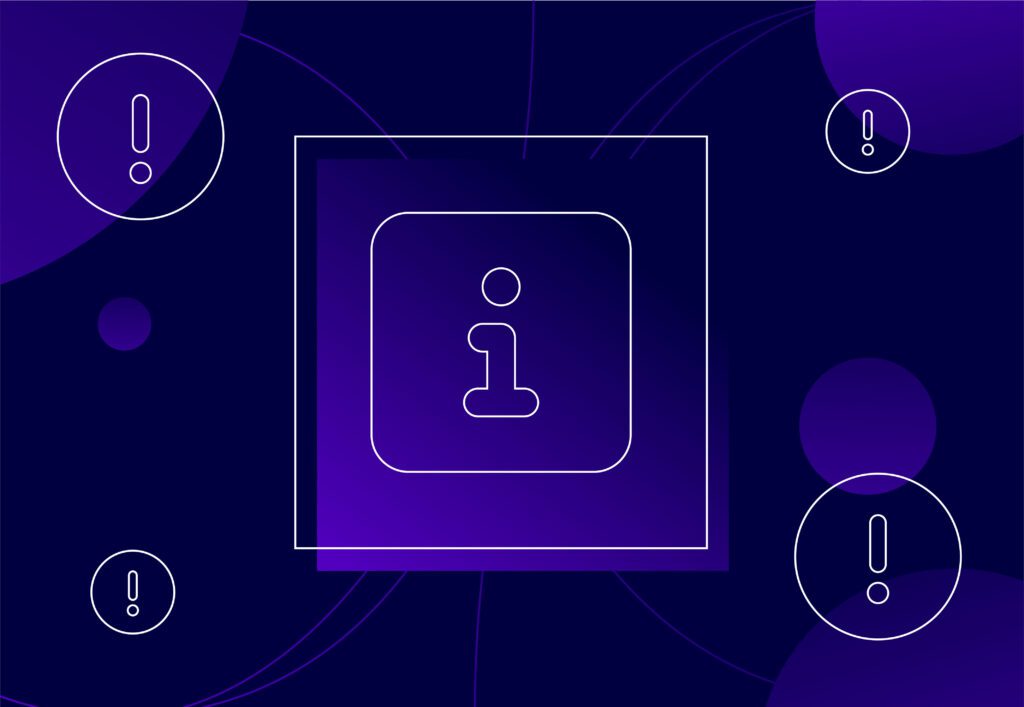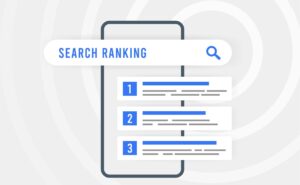
Google March 2024 Core Update: A guide

In March, the latest Google Core Update was rolled out. As one of the largest – and most complicated – updates that Google has ever attempted, it took a whopping 45 days to complete.
Here, multiple core systems were updated to reinforce each other, with Google’s Helpful Content System finally becoming integrated into the core ranking algorithm in 2024.
The update called time on the efforts to bring the HCS into the fold – which had begun in 2022 – all in a bid to reduce low-quality content wherever possible.
As a result, many websites saw their results crash and move, causing a number to completely shift strategy during this landmark change.
In this blog, our team of experts will touch on every aspect of this change, so you know exactly what to expect from the March Google Core Update into the latest ranking system.
What’s the point of Google updates?

Google’s main goal is to give helpful answers to user queries. So, of course, it wants to make its algorithm as useful as possible. The aim of any Google update is to improve the relevance and quality of the search results, and pushing helpful content to the front of the SERP is the primary goal of the March 2024 Core Update.
All updates will choose one or multiple areas to optimise, which will then create improvements to the algorithm. In Google’s own words, core updates make sure they ‘deliver their mission‘, which is of course being as helpful to the user as possible.
Google’s popularity means it has to offer the best user experience possible, otherwise, that’s a whole lot of people who’ll be let down by its potential flaws in the system.
What if my traffic drops after a core update?
Don’t panic! You can use Google Search Console to detect any drops in traffic, and how much traffic you drop determines how much action you’ll take.
For example, Google says a small drop (like position 2 to 4) isn’t normally cause for massive concern, but a much larger drop means you should do a deep dive and assess your site’s workings. There’s a chance the update could’ve hit you.
See how you can make improvements that aren’t just quick solutions, and make meaningful changes that are sustainable long-term. Make sure you’ve got your dates right too to know if the drop is from the update!
What is the Helpful Content System and what does it target?
As we touched on briefly, HCS was a separate system that primarily worked to penalise content deemed unhelpful to users – or created to appease search engines and gamify the rankings.
Once the Core Update came into action and absorbed the HCS, the system is now a core component of how Google actively ranks websites. Nowadays, it serves to identify and promise useful, helpful and informative content on behalf of the users – while demoting content that it judges as low-quality or manipulative.
If the HCS was a brain, it would focus on the following areas:
| User needs | The helpful content system favours content that thoroughly – and informatively – addresses user queries, achieving the goal of providing valuable information that solves problems or answers questions. |
| Quality over quantity | HCS effectively prioritises and demotes low-quality content that lacks meaning, informativeness, or is primarily crafted for search engines over the user. This includes content from sources lacking E-E-A-T signals. |
| Human-centric writing | HCS hates greyhat SEO tactics, choosing to focus on content written naturally for human readers over algorithms. |
So now we’ve pinned what the Helpful Content System actually is, now it’s time to look at what it targets.

Trying to keep on the good side of Google? Keep these targets in mind as you create your content.
Low-quality content
If you’re producing content that’s thin and uninformative, you could find yourself getting penalised by the system.
Content that lacks depth or substance and doesn’t provide users with valuable information is content that is useless, or written primarily for search engines, will face its wrath.
The same goes for any content that’s overstuffed with keywords or written in a way that prioritises search engine ranking over user experience, too. This then leaves room for content that benefits users and is human-written to help people with their queries.
Nowadays, there’s a surge in people using AI to produce content at scale. However, this often leads to a lack of quality and useless content taking over the SERP.
So, it’s only natural that Google would want to clamp down on this issue and deter people from solely using AI for their content creation- this way, writers will invest more time into creating content that is user-focused.
Search-engine copy
Writing for search engines instead of users is classed as a manipulative SEO tactic. As well as keyword stuffing being frowned upon, building an unnaturally large number of backlinks from low-quality sources to inflate search ranking will also cause penalisations. That includes producing content that doesn’t address user needs, such as answering their queries or solving their problems effectively.
Overall, the HCS is all about aiming to improve search results as a whole and does this by demoting content that doesn’t genuinely help users and rewarding websites that do the opposite.
The impact of the helpful content system
The March 2024 update seamlessly incorporated HCS into Google’s main ranking algorithm. As a result, factors such as content utility, user experience, and prioritising human readers over search engine manipulation have become even more crucial for achieving favourable search rankings.
But what else can you do?
- Prioritise Valuable Content: Develop thoroughly researched, informative material that genuinely benefits your audience.
- Demonstrate Authority: Position your website and content creators as trusted experts in your field.
- Optimise User Experience: Design an intuitive, user-friendly website that enhances visitor satisfaction.
- Embrace Organic Growth: Foster natural link-building by creating share-worthy content, and avoiding manipulative strategies.
By following these steps, businesses can guard themselves against repercussions from Google’s Helpful Content System, while increasing their chances of ranking well in search results.
The Embryo approach
While learnings from the March Google Core Update 2024 remain invaluable, prioritise user-centric content to truly thrive in today’s search landscape. Google’s Helpful Content System rewards informative content that solves user problems, not just tactics that avoid penalties.
But what if you aren’t sure where to start? With years of experience in creating specialised content plans and SEO strategies for our clients, we know what it takes to make your website’s foundations strong enough for top-level SEO.
To get key insights into your existing SEO position – or to get your content journey started – get in touch with us today!